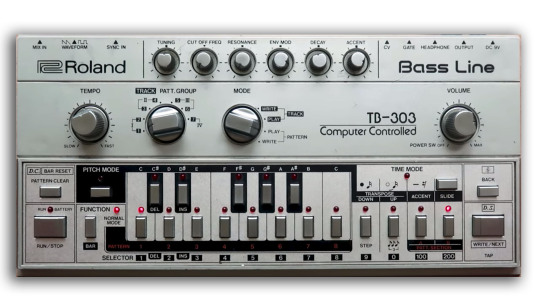#roland tb-303
Text

"303 IN GRASS" // 1993
WOLFGANG TILLMANS
[chromogenic print | 8 11/16 × 12 13/16"]
189 notes
·
View notes
Text
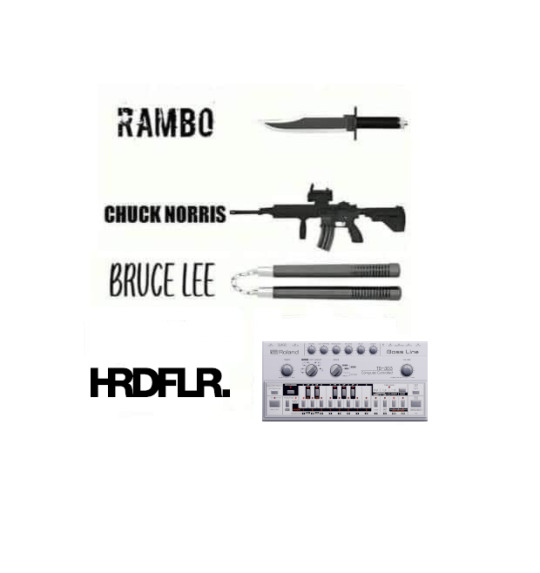
#hardfloor#acid#303#techno#roland tb-303#music#oliver bondzio#ramon zenker#tb303#hrdflr.#bruce lee#rambo#chuck norris#fun#meme
18 notes
·
View notes
Text
youtube
HAPPY 3/03 HAPPY 3/03
HAPPY 3/03 HAPPY 3/03
HAPPY 3/03 HAPPY 3/03
HAPPY 3/03 HAPPY 3/03
HAPPY 3/03 HAPPY 3/03
#idm#braindance#acid#acid house#music#best fucking bass synth#ever created#303#tb-303#Roland tb-303#OR Behringer TD-3#we dont discriminate here#ironically im probably not gonna be smoking many acid tracks today#cause ive been in an ambient/downtempo mood for a couple weeks now#but 3/03 only comes once a year so I gotta commit to the bit lest I have wait until 2025#and god dammit people need to hear these tunes if they haven't already#wish I could link more niche ones since I assume these are all pretty well known#enjoy nonetheless#P.S. listen to the entire Ceephax live album#nothing but hits
0 notes
Text

Roland TB-303 & TR-606
9 notes
·
View notes
Photo
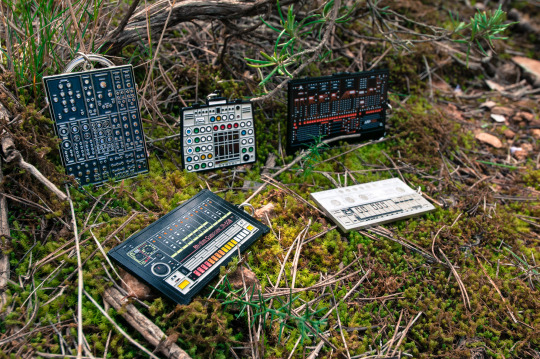
#moog model 15#roland tr 808#synthi a aks#arp 2600#tb 303#enamel keyring#synths gift#music producer#@vintage synths#music lover gift
5 notes
·
View notes
Photo

303 808 909 available from Red Bubble
0 notes
Text


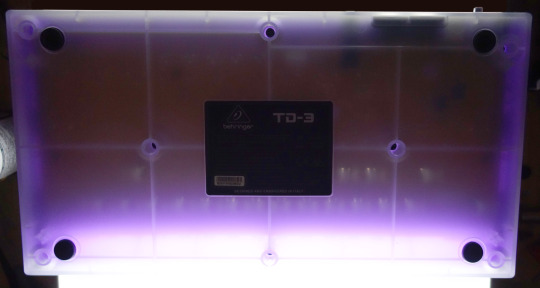




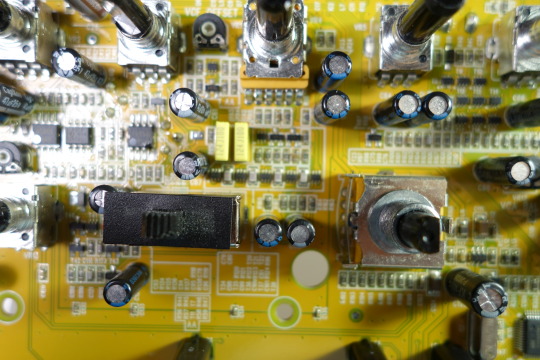

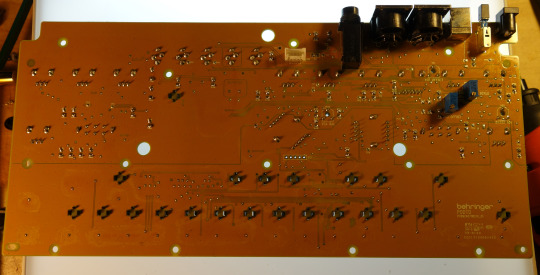
Tear down photos of my personal TB-3-GP, Analog bassline synthesizer, or as I like to call her Motoko.
The TB-3 is behringers version of the classic (and completely unavailable) Roland TB-303, the sound of acid. it is also, annoyingly, just slightly wider then my light box, which made taking these photos more of a pain then I expected.
I really like the transparent plastic style on these, really reminds my of stuff I saw as a kid,. I also like that the named the colors as flavors, GP of course standing for grape.
Note the through hole electrolytic, and selected film capacitors, Very nice attention to detail, and good little boost for repairability.
As a synthesizer it is more versatile then I expected it to be, As well as the mandatory acid jams, and some trance, I recently used this to record all the lead lines in my Wagner cover, below.
youtube
#technology#electronics#hardware#Youtube#behringer#musical instruments#electronic music#teardown#synthesizer#analog synth#music#purple#electronics technician#ghost in the shell
29 notes
·
View notes
Text

x-mas presents sorted
#hardfloor#acid#303#techno#roland tb-303#music#oliver bondzio#ramon zenker#tb303#hrdflr.#lego#x-mas#christmas#weihnachten
23 notes
·
View notes
Text
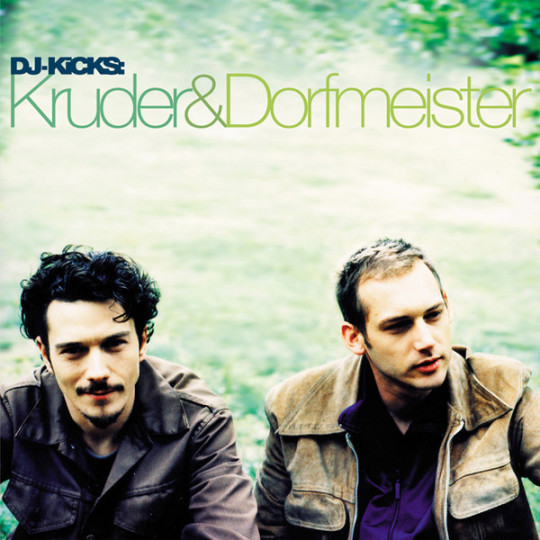

Today's compilation:
DJ-Kicks by Kruder & Dorfmeister
1996
Downtempo / Trip Hop / Drum n Bass
Although they'd been primarily regarded as a talented remix and production duo, in 1996, Austrians Peter Kruder and Richard Dorfmeister revealed to the world that what they may have actually been even better at doing, all along, was making DJ mixes. That year, they put out a pair of terrific ones: a drum n bass journey called Conversions, and their super chilly magnum opus for German electronic label !K7's popular DJ-Kicks series. And that DJ-Kicks one, in particular, happens to hold a mythical status of its own, as it's been rated by many as the single-greatest DJ mix that's ever been made. Plus, like Conversions, DJ-Kicks had drum n bass on it too, but K&D also blended that dnb with blissful bouts of dub-infused downtempo and trip hop as well 😌.
But what I ended up listening to today wasn't actually that mix, exactly; instead, it was the *double-12-inch edition* of K&D's DJ-Kicks, which collected full-length, unmixed versions of seven of the songs that appeared on the mixed CD edition.
So, if you love loungey chillout music and/or spacious and atmospheric dnb tunes, not only is the DJ mix essential listening for you, but so are all of these uninterrupted versions of some of that mix's own tracks too. Glasgow's Paul Hunter kicks things off with a terrific head-nodder in "Living Free," which is then followed by UK artist Omni Trio's "Trippin' on Broken Beats," a sweet, shuffling dnb-type of groove that incorporates one of my favorite synthesizer sounds of all time: the Korg M1 Organ preset 02, which was famously featured in a bunch of club classics, like Crystal Waters' "Gypsy Woman." And after that, Germany's Hardfloor, the master manipulators of the Roland TB-303—the bass synthesizer responsible for producing the famous acid squelch sound that kickstarted the whole acid house revolution—grace us with a trip-hoppy collage of different electronic sounds called "Dubdope," which sees them far removed from the hard trance and techno that had made them such dance legends in the first place 😊.
Plus, the kings of the globally-quilted chillout sound, Washington, DC's Thievery Corporation, swing by at the end to deliver the ultra-satisfying "Shaolin Satellite" too.
So, since there isn't a single skip-worthy track on K&D's DJ-Kicks mix, it only makes sense that there wouldn't be one on its corresponding double-12-inch version either. As expected, a terrific, little collection of very well-crafted relaxational vibes here.
Highlights:
Small World - "Living Free (Soundtrack mix)"
Omni Trio - "Trippin' on Broken Beats"
Hardfloor - "Dubdope"
JMJ & Flytronix - "In Too Deep"
Shantel - "Bass and Several Cars"
Tango - "Spellbound"
Thievery Corporation - "Shaolin Satellite"
#downtempo#trip hop#drum n bass#drum and bass#drum & bass#dance#dance music#chillout#chill out#d & b#d and b#d n b#d&b#dnb#electronic#electronic music#music#90s#90s music#90's#90's music
24 notes
·
View notes
Text
It's suddenly striking me again just how much electronic music of all sorts is based on side effects.
One of the very first things that made electricity do things over long distances was the voltage amplifier. The fact that it has to exist at all is from a side effect: if you pass electricity down a wire, some of it gets lost on the way. A long enough wire, and it's all gone by the time it has to do anything on the other end. So there's the amplifier. The ideal case is that it takes a small voltage signal and spits out an exact copy, just louder (using a local power source to make up the difference). But once we had vacuum tube amplifiers, we discovered that they tend to oscillate — to start to produce their own alternating voltage signal — under different conditions of feedback. Folks like Theremin found this and harnessed it to create pitched tones that we wanted — but nobody had sat down and scratch-designed an oscillating tube.
All of electric guitar tone is the same. Players had to go electric to be heard over the rest of the band, and then noticed that turning up their amplifiers too far made the amplifiers top out and the sound become harsher in a pleasing way, and started chasing that "overdriven" tone. Later, folks noticed the neat "fuzzy" sound of playing through amplifiers or speakers damaged in certain ways, and created ways to replicate those sounds on purpose. People will pay thousands of dollars to make their guitar signal distorted in just the right ways — ways that no engineer trying to make an ideal amplifier would countenance.
The list is endless, and at multiple levels. On the electronics level, the volt-per-octave standard that analog synths use for pitch is made possible because a BJT transistor just happens to have a logarithmic response curve that can be tweaked into service. The volume envelopes that let a sound start softly and ramp up, or start loud and trail off, and make it so every electronic sound isn't just on or off at full blast, come out of slowing an amplifier down so it can't respond instantly.
On the instrument level, Roland created the TB-303 to be a play-along box; they wanted guitar players to buy it and pretend it was an electric bass. It was terrible at that. But once it was cheap, DJs discovered you could abuse it in ways Roland hadn't thought of, and invented Acid House.
After the fact, after these things were discovered, people have created ways to do them repeatably and reliably. My Eurorack VCO doesn't have a separate transistor that handles the volt-per-octave transformation, that's built into the chip; overdrive and distortion and fuzz pedals are widely available; there are people making acid-style basslines entirely in software who've never touched a TB-303. But while music electronics is now a big business, it's dwarfed by the greater electronics and computer industry, which is probably best illustrated by the fact that there are audio processing programs that take advantage of the math power of a 3d graphics card's GPU, and no 3d software packages that offload processing onto the sound card.
109 notes
·
View notes
Text
Jonny's Drum Machines with Dudu Tassa

A screenshot of Jonny from the Jarak Qaribak album teaser video.
After seeing Jonny play Dudu Tassa's super rare Fender "Nocaster", you might expect Jonny to use a drum machine even rarer than the old CR-78. In fact, his setup is surprisingly modern and super portable. It consists of a Roland T-8 beat machine and a Moog DFAM semi-modular drum synth. Both are units with "live" panel controls. Although the Roland has preset rhythms, the knobs on both units are hard-wired: what you see is what you get. That means any "automation" needs to be dialed in by hand.
The T-8 is designed to be a portable "best of" Roland rhythm boxes, with digital emulations of the 808 kick, 606 snare, TB-303 monosynth, etc. Regardless of the technology, the kick and snare at the start of Ya Mughir al-Ghazala certainly have that "Roland' sound. Given the borrowed guitar, it seems that Jonny didn't want to travel with a bunch of gear for this project. The T-8 is certainly much smaller than the vintage TR-909 that Jonny uses with Radiohead, let alone his modular. It's easy to imagine Jonny working out some of the beats on the T-8 during his flight over.
The T-8 has a few patch points for sync, mixing, headphones, and MIDI. On both Ya Mughir al-Ghazala and Taq ou Dub, Jonny has a yellow patch cable from the "Sync Out" on the Roland to the "Adv / Clock" input on the Moog, allowing him to use the Roland as his main clock. That's convenient since the T-8 has a BPM display. Jonny also uses the mix/headphone out to send his signal to the mixer (via one of the many blue DI boxes). He's not using the MIDI input on the Roland, which means he's in full control of tempo for the group whenever he uses the drum boxes.
As you might expect from a semi-modular, the DFAM is more flexible than the Roland in the range of sounds it can create. There's a patch cable routed from what looks to be the "VCO 1" output to "Velocity" input, adding some extra movement to the sound. Jonny devotes himself to the device on Taq ou Dub, only taking his hands off the device to play a few brief guitar arpeggios (and to adjust the Roland's hihat). It's worth noting that Jonny's DFAM is fitted with one of the "preset" overlays that come stock in the box with the unit. The youtube channel "Kilombo audio" made a demo of all the preset sounds, if you want to guess which overlays Jonny might be starting from.
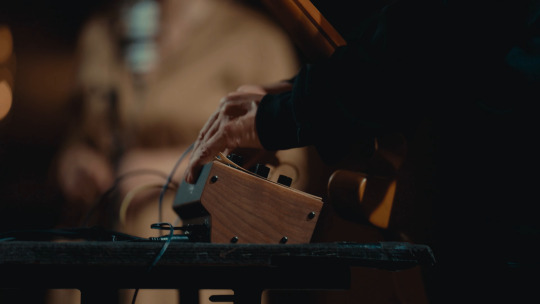
In this screenshot from Taq ou Dub, the bend edge of an overlay on the DFAM is clearly visible.

Jonny adjusting the "VCA Decay" control during Taq ou Dub. Not the blue patch cable connecting the DFAM's "VCO 1" output to "Velocity" input — that's one way to add some automation.
24 notes
·
View notes
Text

A Roland TB-303 which Whitehouse used for their earlier live actions and output.
📸 source: FB
19 notes
·
View notes

